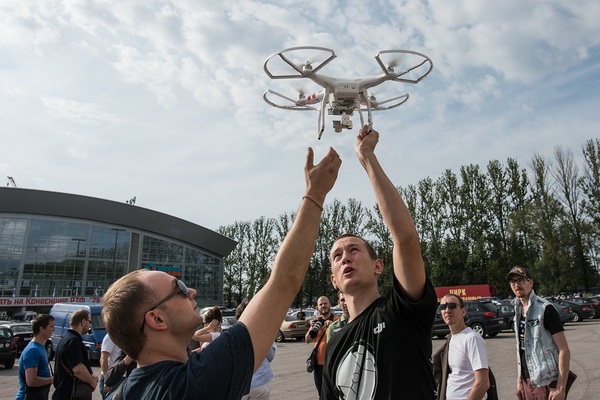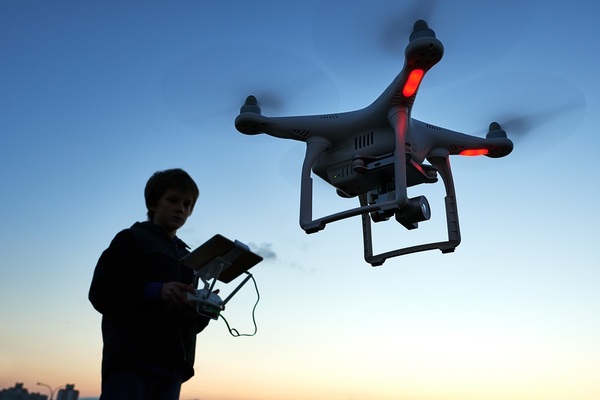Drones are starting to be used in just about every part of the corporate world, and they are making a big impact on contractors as well. If you want to leverage your drone without fear of getting in trouble with the law, then you need to be properly licensed and know the rules for safe drone use. It all starts with choosing the right school for your drone training, and it is also important to understand the rules as they apply to drone use.

The licensed use of drones is becoming extremely popular all over the world.
Small UA S Part 107
The FAA rules that govern licensing for drones are found in the Small UA S rules, part 107. In the United States, anyone operating a drone for commercial purposes must be licensed under part 107. Those who fly drones for recreation must abide by all parts of FAA Public Law 112-95, section 336. Under this law, drone users must not be engaging in any commercial activities, must yield to all registered aircraft, follow all local privacy laws, and keep their drone in sight at all times.
The Rules Of The FAA
Drone users who are flying under a part 107 license have a series of rules from the FAA that they must follow at all times. Those rules include (but are not limited to):
- No flying over airports or stadiums without permission is acceptable.
- All airports within five miles of your flight zone must be notified of your flight.
- Check with the FAA before flying to make sure it is legal to fly in a particular area.
- Apply for a waiver of part 107 rules if the drone owner wants to engage in activities forbidden by part 107.
It is not unusual for the FAA to issue a waiver for certain types of activities, but drone operators must remember to apply for a waiver whenever they intend to fly in a way not allowed by part 107.
Remote Pilot Exam
It is possible for drone owners to earn their part 107 license online through certified flight instruction companies. A part 107 course consists of written material and video observation to see how to properly fly according to FAA laws. When choosing a school for drone training, you should look for:
- A school that is certified to offer licensing training
- A school that uses FAA-certified instructors
- A school that offers all elements of the part 107 course

Getting your part 107 drone license could be your ticket to a lucrative career in the construction industry.
Pilot In Command
When you pass your part 107 test, you will be considered a pilot in command whenever you fly your drone. It is important to note that even large aircraft pilots who are licensed to fly multi-engine planes need to earn their part 107 before they can legally fly a commercial drone. This shows the importance the FAA attaches to the part 107 course and the importance of drone safety.
As a pilot in command, you will have many responsibilities. Two responsibilities you will have include reporting any accidents that resulted in injuries while using your drone within 10 days of the incident, and making sure that your drone is available for any FAA inspection. When you choose a drone training school, be certain to choose one that will teach you how to maintain your responsibilities as a pilot in command.
The construction industry is eagerly adopting the use of drones, and you could start a lucrative career as a commercial drone pilot in the construction industry once you achieve your part 107 license. PDH Contractors can give you the information you need to learn about drones in construction. You can browse courses by state on the PDH Contractors website to learn more about how drones are changing the way construction is done.
